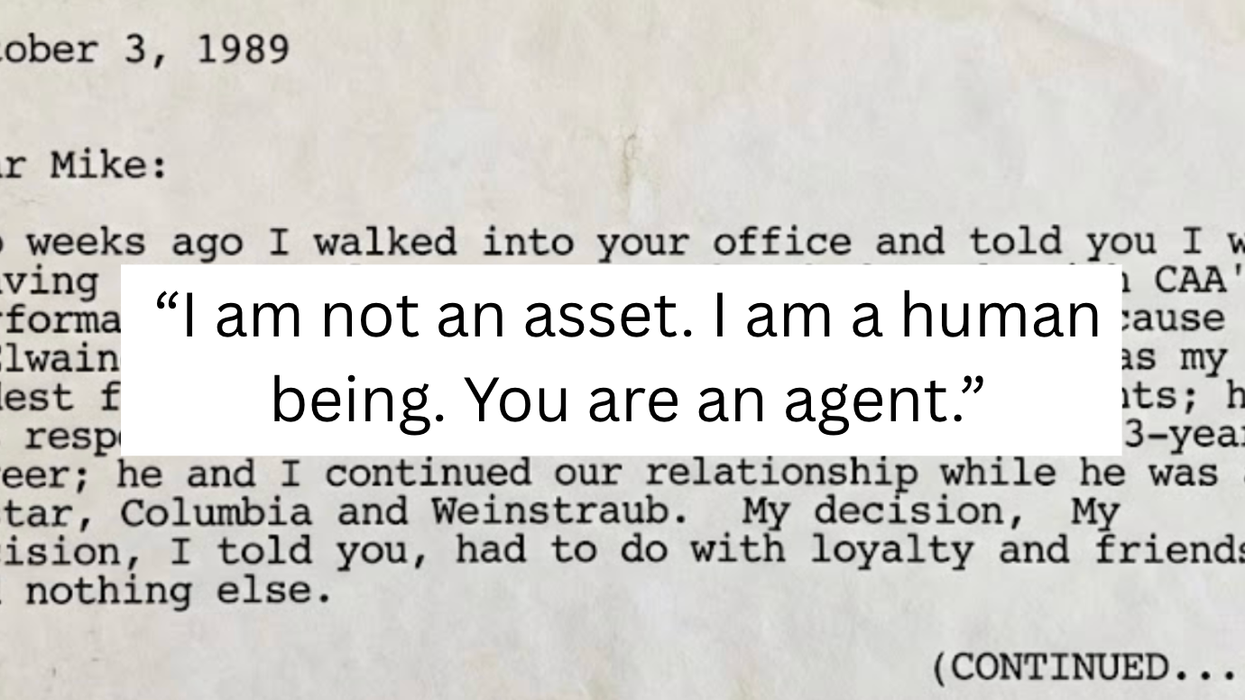Is Obama's incentive-based education plan a sprint or a jog?If we put the Obama Administration's Race to the Top grant in running terms, is it the 100-yard dash of education reform – a quick shot of cash in exchange for surface level reforms-or a 400-yard relay requiring team effort, strategic thinking and genuine long-term change?With stipulations that teachers unions, local school boards and state officials have to work together to apply, we had early hints this might be a relay race to the top. It can be a challenge to get those groups to agree on which shoe to tie first, but with $4 billion at stake and budget coffers bone dry, 40 states and the District of Columbia demonstrated their allegiance to the financial bottom line by submitting applications produced with varying levels of collaboration.Maybe President Obama and Secretary of Education Arne Duncan have a marathon in mind instead? Obama announced he'll be requesting an additional $1.35 billion to include Race to the Top in his 2011 budget. This request most likely means Race to the Top, which is already the single-largest discretionary program in the history of the U.S. Department of Education, is on track to become the reform blueprint that will reshape education policy.So what are these reforms? The cornerstones are the kind of common-sense policies that could mean real progress for public education, but let's demystify them:1) Adopt standards and assessments that will make kids college or career-ready. This means hold all kids to high academic expectations and teach to those expectations. If a math standard requires teaching multiplication, actually teach 2 x 2=4, not 2+2=4.2) Have a way to measure and track student progress. Teachers should give tests and quizzes often enough to know whether students have learned the material, and use that data to inform how they teach.3) Recruit, train, and keep great staff. Just like any business, schools have to hire the right people, provide them with skill building and leadership opportunities, and reward them if they do a good job. Otherwise, great staff might jump ship, or even worse, lose their passion for teaching but stay aboard anyway.4) Turn around the lowest-achieving schools. If the staff isn't getting the job done, hiring new people with an innovative vision might be the best thing. Schools may have to close, get restarted, or have their staff transferred for real improvement to happen.Sounds simple, right? Maybe so, but opponents have pointed out possible pitfalls. If test results are equated with teacher effectiveness, these numbers will inform which teachers are granted tenure or rehired. But how much more difficult is the task of an 11th grade English teacher with students who read at a 4th grade level than the 11th grade teacher whose students walk in the door at grade level? Race to the Top allows flexibility for states and local districts to decide what works best for them. Of course, so much flexibility could lead to in-name-only changes and political jockeying.Such political posturing may have led Texas Governor Rick Perry to reject the grant. He says it federalizes education. Almost 40 percent of Houston freshman don't graduate on time, but if we follow Perry's thinking, parents should be fine if their kids drop out due to state and local education policies.While there's no guarantee every state will win Race to the Top money, at the very least the grant is leading the major players to articulate their philosophy of education and commit publicly to what they're going to do (or not do) to turn around failing schools.Ultimately, the winners of any education "race" have to be the kids. Students at lower-achieving schools don't care which political party or stakeholder comes up with reforms. Kids just want to learn, and they'd love it if the adults in their lives would step up and change things so they arrive at the college finish line equipped with the knowledge and skills they need to be successful.Liz Dwyer is the Pepsi Refresh Project Ambassador for Education. Learn more about the Pepsi Refresh Project here, and submit your own idea for how to move the world forward here.
Race to the Top: Where’s the Finish Line?
By Liz DwyerFeb 06, 2010
Liz Dwyer
Liz Dwyer is the education editor at GOOD. She was previously the education editor at TakePart and has written about education, parenting, and social justice for several national websites and print publications.
















 Otis knew before they did.
Otis knew before they did.